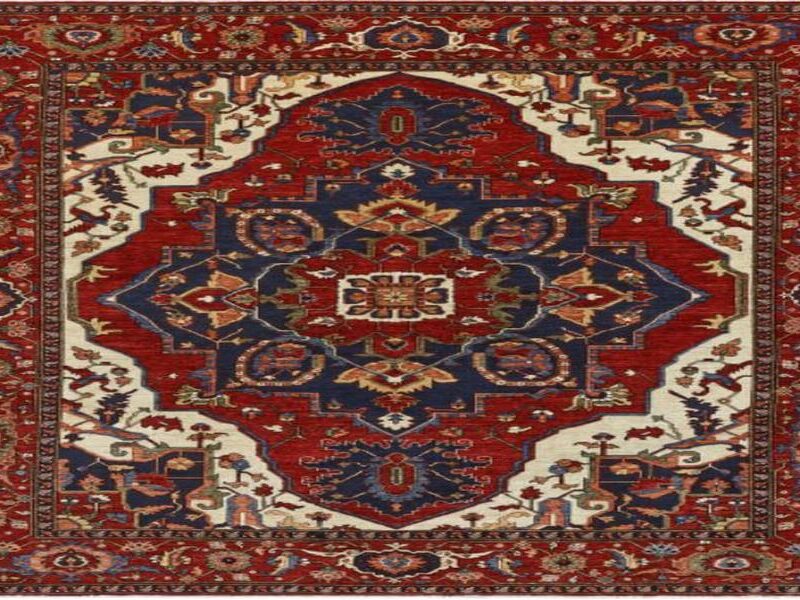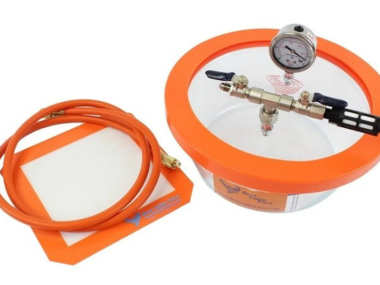Here are some general tips to help you address different types of issues with your Persian rug:
Stains: Persian rugs can be prone to stains. The best way to deal with stains is to act quickly. Blot the stain with a clean cloth or paper towel, working from the outside in, and avoid rubbing the stain. If the stain is stubborn, you can try using a solution of water and mild soap to gently clean the area. However, be sure to test the solution on an inconspicuous area of the rug first to make sure it doesn’t damage the fibers.
Frayed edges: Frayed edges can be a sign of wear and tear, and can lead to further damage if left untreated. To prevent further fraying, you can use a pair of sharp scissors to trim the edges. If the damage is severe, you may need to have the rug professionally repaired.
Moth damage: Moths can cause significant damage to Persian rugs if left unchecked. If you notice small holes or other signs of moth damage, you should act quickly to prevent further damage. You can use mothballs or cedar chips to repel moths, but be sure to follow the manufacturer’s instructions carefully. If the damage is severe, you may need to have the rug professionally cleaned or repaired.
What Can You Do To Save Your PERSIAN RUGS From Destruction
Here are some things you can do to save your Persian rugs from destruction:
Regular Cleaning: Vacuum your Persian rug regularly to remove dust, dirt, and debris. Use a vacuum cleaner with a low suction setting to avoid damaging the fibers. You can also use a soft brush attachment to gently sweep the surface.
Spot Cleaning: Accidents happen, and if you spill something on your Persian rug, it’s important to clean it up as soon as possible. Use a clean, damp cloth to blot the spill, and then use a mild detergent solution to gently clean the affected area.
Use Rug Pads: Rug pads can provide additional cushioning, prevent slipping, and help to protect your Persian rug from wear and tear.
What Everyone Ought To Know About PERSIAN RUGS
Here are some things everyone ought to know about Persian rugs:
History: Persian rug-making dates back to ancient times and has been a part of Persian culture for over 2,500 years. Persian rugs were originally made for practical purposes, such as providing warmth and protection from the elements, but over time, they became valued as works of art.
Material: Persian rugs are typically made from wool, silk, or cotton. Wool is the most common material, and the wool used in Persian rugs is of very high quality, often coming from the fleece of sheep raised in the highlands of Iran.
Design: Persian rugs are known for their intricate designs, which often feature floral motifs, geometric patterns, and stylized animals. These designs are created using a variety of techniques, including knotting, weaving, and embroidery.
Knots: Persian rugs are classified by the number of knots per square inch, which is referred to as the rug’s “knot count.” The higher the knot count, the more intricate and detailed the design of the rug will be.







